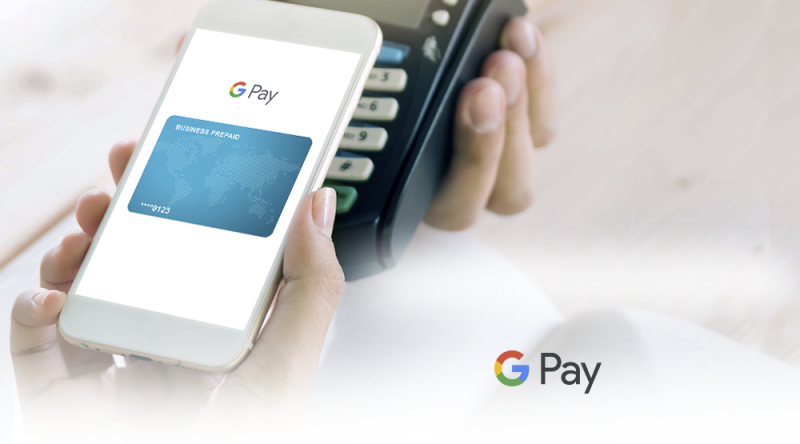The simple act of tapping a phone or smartwatch to pay for goods and services has become second nature for millions. This seemingly magical interaction, epitomized by platforms like Google Pay, is a masterpiece of technology designed for speed, convenience, and, most importantly, security. Understanding the technology working silently in the background reveals how Google Pay delivers its seamless "tap, pay, go" experience.
The Magic of Near Field Communication (NFC)
At the heart of every contactless payment is Near Field Communication (NFC). NFC is a short-range wireless technology that allows two enabled devices—like your smartphone and a payment terminal—to communicate when they are brought within a few centimeters of each other. It's a low-power, secure way to exchange small amounts of data, making it the perfect foundation for quick payment transactions. When you hold your phone near a terminal, the NFC chip inside your phone activates and establishes a connection, ready to transmit payment information.

How Google Pay Utilizes NFC for Secure Transactions
While NFC provides the connection, the real genius of Google Pay's security lies in a process called tokenization. When you add a credit or debit card to Google Pay, your actual card number is not stored on your phone. Instead, Google creates a unique, encrypted Virtual Account Number (or "token"). This token is what's transmitted via NFC to the payment terminal. This process is crucial for security; even if a fraudster were to intercept the transmission, the token itself is useless without the specific, secure context of that single transaction. This combination of ease and security is expanding Google Pay's use beyond just physical stores into the online world. For example, users who appreciate this streamlined security might specifically look for a Google Pay online casino to handle their deposits, trusting that the same tokenization technology protects their financial data at an online casino.
The Role of the Secure Element
To further protect your information, these unique tokens are often stored in a dedicated, tamper-resistant chip within your smartphone called the Secure Element (SE). This is a fortified part of your phone's hardware, completely separate from its main operating system, making it extremely difficult for malware or hackers to access your payment credentials.
Beyond the Tap: Security Layers in Google Pay
Google Pay’s security doesn't stop at tokenization. Multiple layers work together to protect your account:
- Device Lock: For most transactions, your phone must be unlocked, ensuring that a lost or stolen phone cannot be used to make unauthorized payments.
- Biometric Authentication: You can add another layer of security by requiring a fingerprint or facial recognition scan to authorize payments, making the process both highly secure and deeply personal.
- Remote Management: If your phone is lost or stolen, Google's "Find My Device" feature allows you to remotely lock it, sign out of your Google account, or even erase all its data.
The User Experience Advantage
The beauty of this system is that all this complex technology operates invisibly in the background. For the user, the experience is incredibly simple: unlock your phone, tap it on the terminal, and wait for the checkmark. This effortless interaction, backed by powerful security measures, is what has driven the widespread adoption of contactless payments and made Google Pay a trusted digital wallet for users around the globe.
The Future of Contactless Payments
The technology behind Google Pay continues to evolve. Its expansion into wearables like smartwatches makes payments even more convenient. Furthermore, the digital wallet is expanding to hold not just payment cards but also transit passes, event tickets, loyalty cards, and even digital car keys. The simple "tap" is becoming a secure gateway to a whole host of digital interactions, solidifying the role of contactless technology in our daily lives.
Post Comment
Be the first to post comment!

